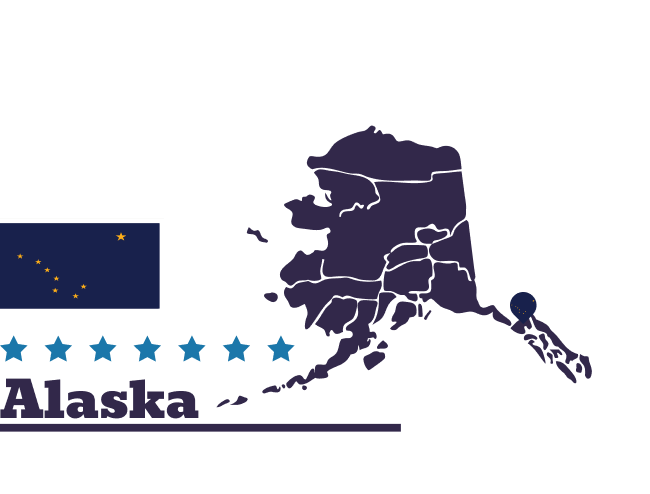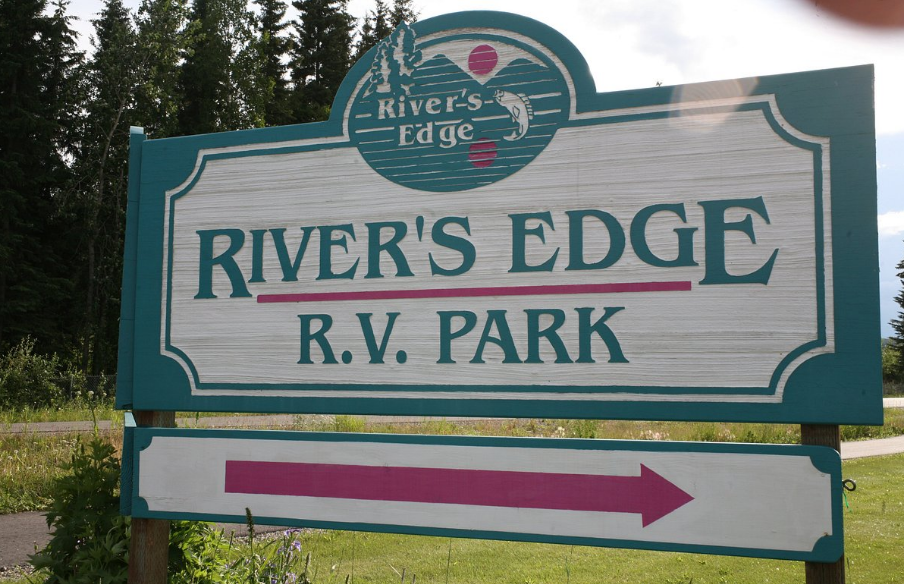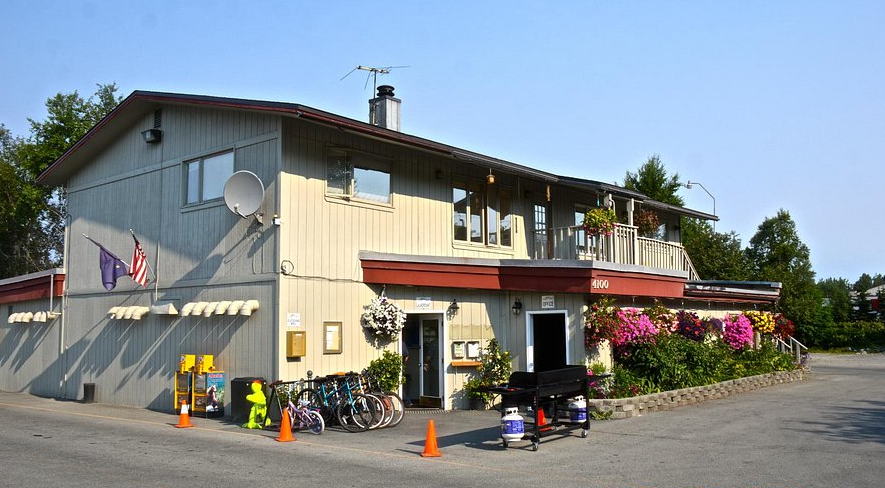Discover the top-rated RV parks and campgrounds in Alaska

RV travelers head to Alaska to experience a true sense of freedom and adventure. Its towering mountains, glacier-carved valleys, endless summer daylight, and some of the most remote and awe-inspiring scenery in North America make Alaska tough to resist. Whether you’ll be exploring the Kenai Peninsula, driving the Alaska Highway, or boondocking near Denali, the Last Frontier offers a once-in-a-lifetime RV trip. With Fireflies & Campfires, finding an RV-friendly campground in Alaska is easier than you might think, even if you are determined to find a site that has full hookups or want a more remote, rustic location. Check out some of Alaska’s most popular RV destinations below.






1. Plan Your Route Carefully
RV travel in Alaska is much different from the Lower 48. Distances are vast, services can be few and far between, and road conditions vary widely. Plan to fill your fuel tank often, carry spare parts, and know how to handle gravel, frost heaves, and narrow shoulders. Many top destinations, such as Homer, Seward, and Valdez, are hundreds of miles apart, so you’ll need to think through how long your supplies will last. Since cell service can be spotty or nonexistent in rural areas, download offline maps and let someone know your travel plans in advance.
2. Make Reservations for Popular Parks, But Expect Flexibility
While much of Alaska is remote and uncrowded, the most popular RV destinations, like Denali National Park and the Kenai Peninsula, experience heavy demand in peak season (June through August). Some national park campgrounds and private RV parks offer electric hookups and dump stations, but you’ll find that many operate on a first-come, first-served basis. Make reservations where you can while staying flexible as you go. Many RVers choose to dry camp on public lands, in pull-outs, or at designated boondocking sites along rivers and lakes.
3. Prepare for Wildlife and Off-Grid Living
Alaska is rich in wildlife, including bears, moose, caribou, and eagles, so plan to secure food in bear-proof containers, keep campsites clean, and stay alert while hiking or exploring. Weather changes quickly, even in summer. Rain, wind, and cold temperatures are common, especially at higher elevations or near glaciers. Pack layers, bring extra propane, and be self-sufficient with fresh water and power if you’re boondocking. With thoughtful planning and a spirit of adventure, RV travel in Alaska can be one of the most memorable and rewarding journeys you’ll ever take.
Do you own, manage or market a RV campground and are looking for ways to grow your bookings?
List your resort or campsite in our RV parks and campground directory today and connect with campers actively planning their next trip. Our growing community is searching for places just like yours — don’t miss out on new bookings.